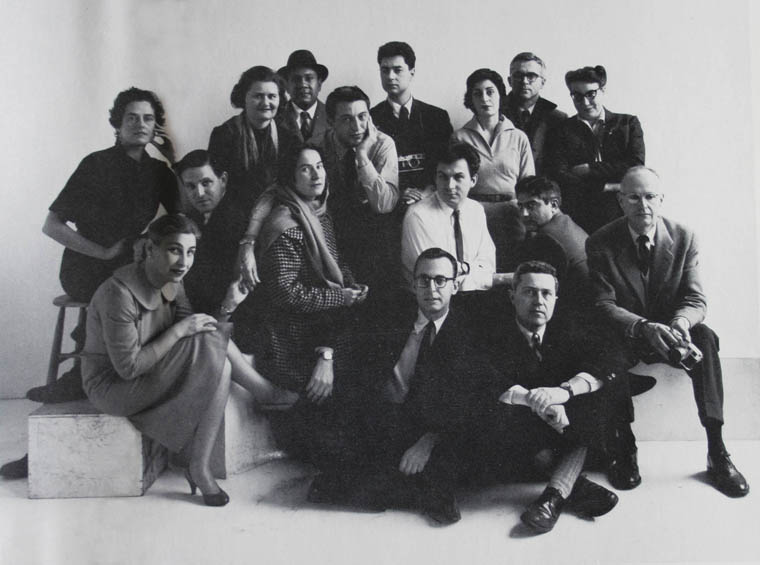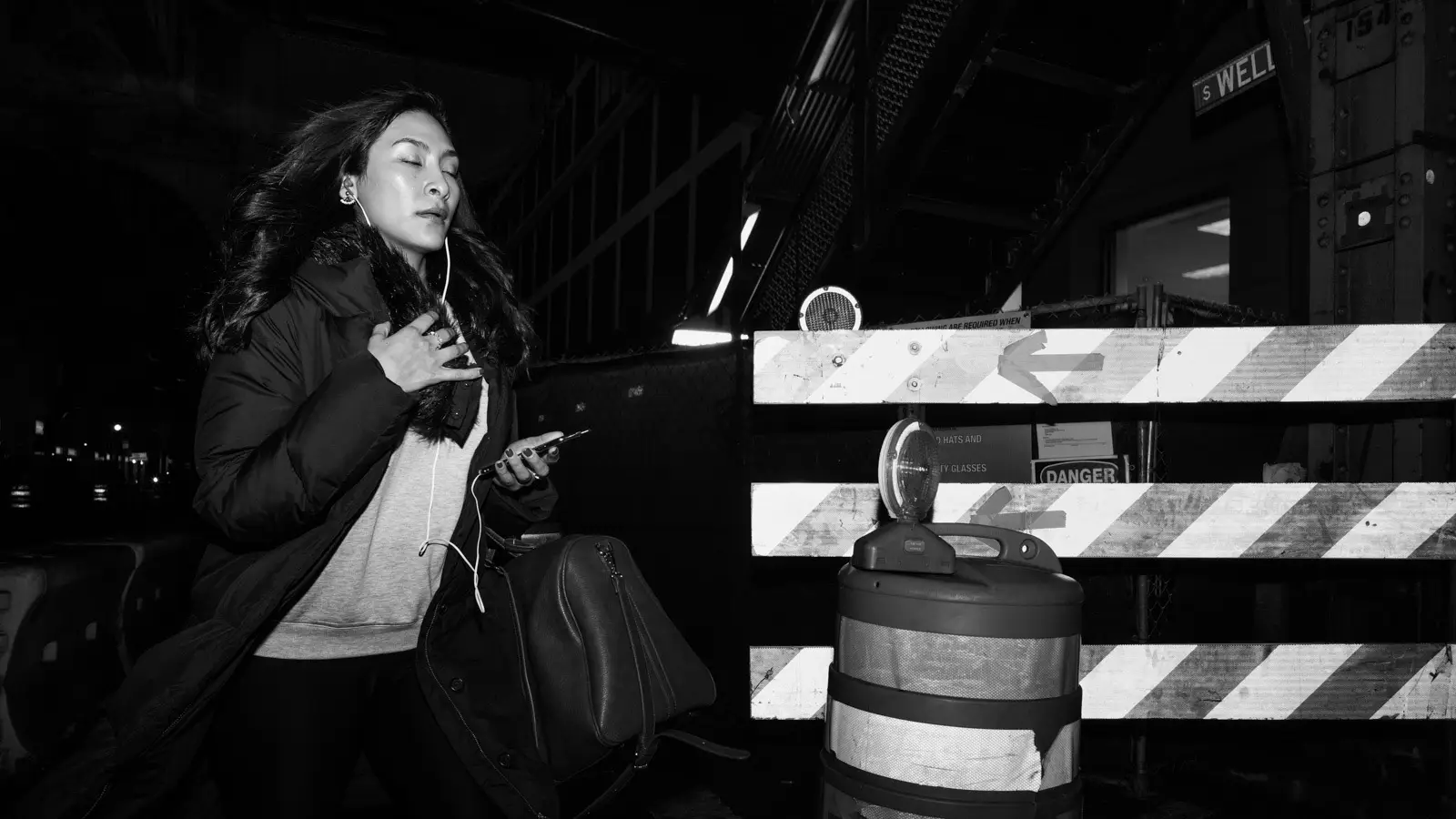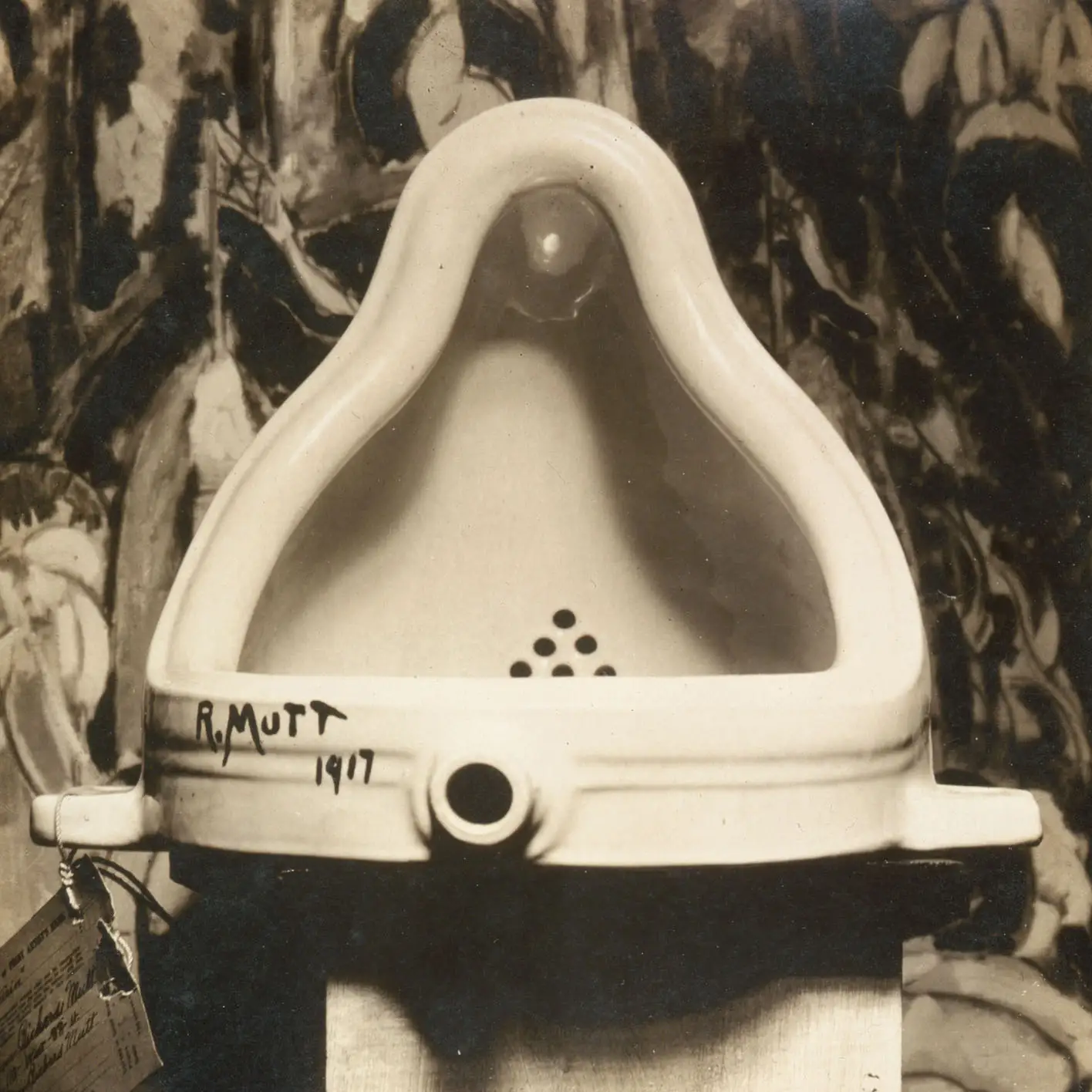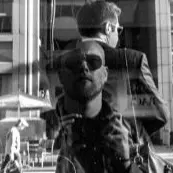David Hockney
David Hockney first gained international acclaim in the 1960s as an influential leader of the pop art movement through his vibrant, brightly painted landscape and still life images.
David Hockney Biography
A painter, photographer and stage designer, Hockney was born in Bradford, England in 1937 and has lived in Los Angeles since 1963. Southern California has strongly influenced his works, from Hockney’s popular swimming pool paintings in the 1960s to his photographic collages during the 1980s.
Hockney achieved worldwide fame in his early 20s while still in college. His colorful personality and circle of flamboyant art friends also fueled his popularity and recognition, even with people unfamiliar with his art. The film, A Bigger Splash, was made about him in 1974. The title was drawn from one of his famous swimming pool paintings. His paintings also appeared in the 1978 Neil Simon film California Suite.
Raised a strict Methodist in a working class family, Hockney discovered he wanted to be an artist after winning a scholarship to Bradford Grammar School. He preferred the art classes over any other studies. After this, he studied at the Bedford College of Art and then the Royal College of Art in London. Throughout his studies, Hockney continued to win prizes and recognition for his artistic talents.
Hockney and Pop Art
While at the Royal College of Art, Hockney was featured in an exhibition hailing the arrival of British Pop Art. This exhibition, titled Young Contemporaries, associated him very early on with pop art.
Hockney’s interest in photography began in 1967. Traveling through Europe with his first true love, Peter Schlesinger, he shot multiple photos of Schlesinger throughout the trip.
After this, Hockney began experimenting with photographic collages and stopped painting for a while to pursue this new form of photography. These collages, which he called Joiners, were present in his work from 1970 until 1986.
The idea for Joiners was believed to have started during work on a painting of a living room in Los Angeles, where the living room and the terrace were combined. To complete the painting, Hockney took Polaroid shots of the living room and glued them together. Once together, it formed a narrative that took the viewer through the room.
By taking Polaroid photographs of one subject and arranging these in a grid to create a composite image, he began producing photo collages. The key to this technique was enabling the subject to continue moving during each shot so the final work revealed the movements from Hockney’s eye as a photographer. Hockney’s Joiners included a mix of landscapes and portraits.
Hockney’s Achievements
Throughout his career, Hockney continued to comment on art. Even before his permanent move to Los Angeles, he taught at the Universities of Iowa, Colorado, and California. In 1976, he published a book on his own work, David Hockney by David Hockney. His career also included producing works and stage designs for London’s Royal Court Theater and the Metropolitan Opera in New York City.
In 1997, he was made a Companion of Honour, a recognition from the British and Commonwealth Order for his outstanding achievement in the arts. Hockney is also a Royal Academician, a membership awarded by the Royal Academy of London to a select group of 80 painters, printmakers, sculptors and architects.
Regarded today as one of the best known British artists of his generation, Hockney has a selection of works that can be found in Salts Mill in Saltaire, near his Bradford hometown.



